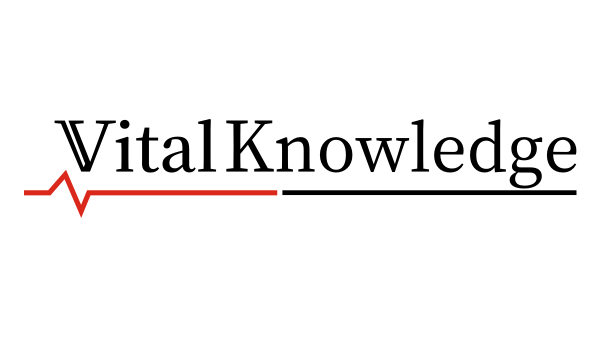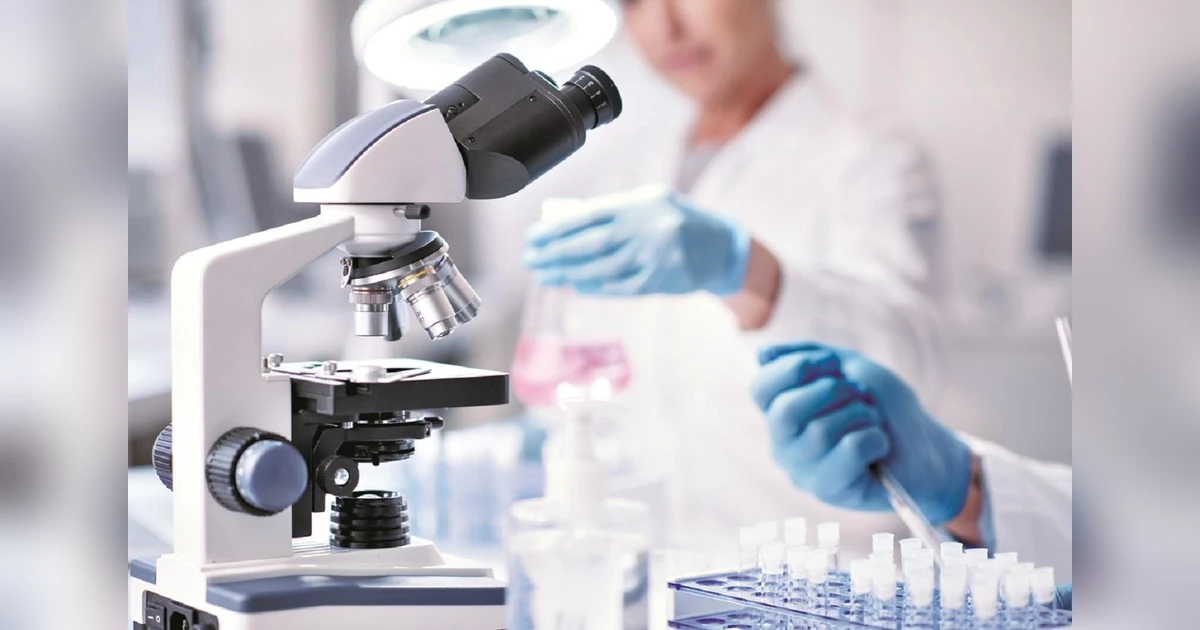The World Health Organization (WHO) has raised alarms about the increasing prevalence of drug-resistant bacteria, citing an urgent need for innovative solutions to combat this growing health threat. The report highlights a worrying trend: the number of new antibiotics entering the market has significantly declined, leaving healthcare systems vulnerable to infections that are becoming increasingly difficult to treat.
The WHO’s report, published in March 2023, states that drug-resistant infections currently kill at least 1.27 million people annually. This staggering figure underscores the critical need for new treatments and underscores the potential for a global health crisis if action is not taken swiftly.
Investment and Innovation Shortfalls
Despite the pressing need for new antibiotics, the WHO has noted that investment in antibiotic research and development (R&D) has not kept pace with the threat presented by drug-resistant bacteria. The report reveals that there are only 60 new antibiotic candidates currently undergoing clinical trials, a figure that pales in comparison to the sheer volume of resistant infections emerging globally.
Dr. Tedros Adhanom Ghebreyesus, Director-General of the WHO, emphasized the dire situation, stating, “Without urgent action to spur innovation, we risk returning to a time when common infections and minor injuries can once again kill.” This sentiment reflects broader concerns among health officials and researchers, who stress that the pipeline for new antibiotics is critically thin.
Current treatments also tend to be limited in scope. Many existing antibiotics are ineffective against certain strains of bacteria, and the types of treatments available often do not address the diversity of infections that healthcare providers encounter. The WHO’s report outlines that there is a pronounced need for new classes of antibiotics that can target resistant strains effectively.
The Global Response to Antimicrobial Resistance
To address these challenges, the WHO is advocating for a comprehensive approach that includes increasing funding for antibiotic research, enhancing regulatory frameworks to expedite approval processes, and fostering public-private partnerships. These initiatives are crucial for revitalizing the antibiotic development pipeline.
In addition, the WHO encourages countries to implement the Global Action Plan on Antimicrobial Resistance, which emphasizes the importance of stewardship in antibiotic use and the need for education on the responsible use of these drugs. Health organizations worldwide, including the European Centre for Disease Prevention and Control (ECDC) and the United States Centers for Disease Control and Prevention (CDC), are collaborating on initiatives aimed at combating antimicrobial resistance.
The urgency of the situation cannot be overstated. With the rise of drug-resistant bacteria, common surgeries and medical procedures could become riskier, leading to increased morbidity and mortality. The WHO’s report serves as a wake-up call for governments, healthcare providers, and pharmaceutical companies to prioritize innovation in antibiotic development.
As the global community grapples with the implications of drug resistance, the call for innovation and investment in antibiotics is louder than ever. The future of healthcare may depend on how swiftly and effectively stakeholders respond to this critical challenge.








































































